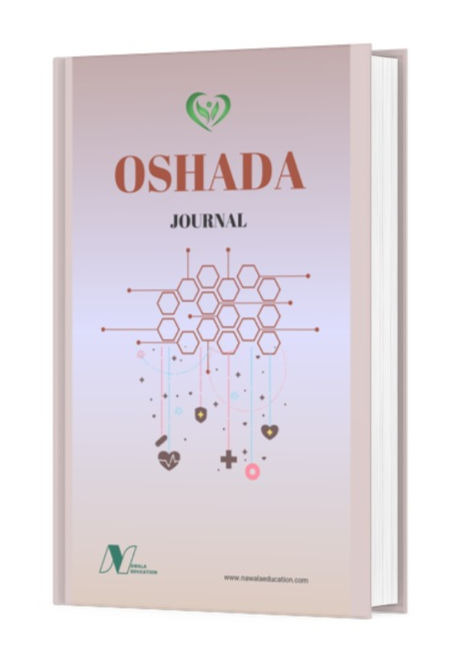Exploring the Potential of Betung Bamboo Charcoal (Dendrocalamus Asper) as a Mask for Acne-Prone Facial Skin Care
DOI:
https://doi.org/10.62872/wjz9gc41Keywords:
acne treatment, bamboo charcoal, dendrocalamus asper, powder maskAbstract
Acne is a common dermatological condition that negatively impacts facial appearance and self-confidence, often hindering daily activities. Bamboo charcoal derived from Dendrocalamus asper (Betung bamboo) is known to contain activated carbon, which has the ability to adsorb impurities and cleanse clogged pores, potentially reducing blackheads and acne. This study aimed to evaluate the potential of Betung bamboo charcoal as a facial mask through laboratory tests (pH, antioxidant, and antimicrobial activity), organoleptic assessments (texture, aroma, and adhesion), and hedonic tests (user preferences). A quantitative experimental approach was employed in this research. The findings revealed that the mask preparation had a pH value of 8.4, an antioxidant activity of 0.491%, and no antimicrobial activity against Staphylococcus aureus. Organoleptic evaluation showed that 71% of panelists rated the mask texture as very smooth, 86% identified the aroma as a distinctive bamboo charcoal scent, and 57% considered the mask's adhesive properties acceptable. In the hedonic test, 57% of panelists expressed overall satisfaction with the mask formulation. These results highlight the potential of Betung bamboo charcoal masks as a natural alternative for skin care, particularly for individuals with acne-prone skin. However, further improvements in antimicrobial efficacy are recommended to enhance its functional benefits.
Downloads
References
Angellina, S., Handayani, L., Pabidang, S., & Suryantara, B. (2024). Factors Affecting COVID-19 Vaccination In Pregnant Women at The Padang Tikar Health Centr. Oshada, 1(3), 52-67.
Amalia, V., Studi, P., Tata, P., Pariwisata, F., Negeri, U., & Rosalina, L. (2018). Pengaruh proporsi pati bengkuang dan tepung kentang terhadap hasil jadi masker untuk perawatan kulit wajah. 10(1), 214–220.
Dwivedi, A., Jain, N., Patel, P., & Sharma, P. (2014). The Versatile Bamboo Charcoal. International Conference on Multidisciplinary Research & Practice, I(Vii), 4–6.
Kartikasari, D., & Anggraini, R. (2015). Formulasi Masker Gel Peel-Off Lendir Bekicot (Achatina Fulica) dengan Variasi Konsentrasi Bahan Pembentuk Gel. JIFFK: Jurnal Ilmu Farmasi Dan Farmasi Klinik, 15(01), 1.
Komala, O., Noorlaela, E., & Dhiasmi, A. (2018). Uji Antibakteri dan Formulasi Sediaan Masker Anti Jerawat yang Mengandung Kayu Manis (Cinnamomum burmanni Nees & T. Nees). Ekologia, 18(1), 31–39.
Mardhiyah, T. A., & Rosalina, L. (2023). Kelayakan Toner Wajah Ekstrak Daun Teh Hijau (Camellia Sinensis) dan Daun Pegagan (Centella Asiatica) untuk Perawatan Kulit Wajah Berjerawat. Masaliq, 3(4), 501–511. https://doi.org/10.58578/masaliq.v3i4.1190
Minerva, P., Rosalina, L., Astuti, M., & Yuniarti, E. (2019). Fat Intake Comparison Based on Acne Vulgaris Gradation in Beauty Vocational High School Girls in Padang City. 91–95.
Rohmah, F. A., & Maspiyah. (2013). Pemanfaatan Ampas Kedelai Putih dan Ampas Kopi dengan Perbandingan Berbeda dalam Pembuatan Lulur Tradisional untuk Perawatan Tubuh. E-Journal, 02(3), 70–77.
Sujarwanta, A., & Zen, S. (2020). Identifikasi Jenis dan Potensi Bambu (Bambusa sp.) sebagai Senyawa Antimalaria. BIOEDUKASI (Jurnal Pendidikan Biologi), 11(2), 131. https://doi.org/10.24127/bioedukasi.v11i2.3423
Sulastri, A., & Chaerunisaa, A. Y. (2018). Formulasi Masker Gel Peel-Off untuk Perawatan Kulit Wajah. Farmaka, 14(3), 17–26. https://doi.org/10.24198/jf.v14i3.10602
Triansyah, I., Amril, S. P., Heppy, F., Vani, A. T., Dewi, N. P., & Abdullah, D. (2024). Chances of Presbycusis in Minangkabau Elderly Patients with Type 2 Diabetes Mellitus Without Complications in Padang City. Oshada, 1(3), 18-29.
Veronica, E., Suyantari, S. A. A., Swari, W. D., Purwanimgrum, N. M. A., Satyarsa, A. B. S., Jawi, I. M., & Sudarsa, P. S. (2020). Effectiveness of Antibacterial Extract of Kenop (Gomphrena globosa) Flower Extract Against Growth of Propionobacterium acnes Bacteria. Indonesian Journal for Health Sciences, 4(2), 115–120.
Downloads
Published
Issue
Section
License
Copyright (c) 2024 Tessya Wiranda, Linda Rosalina (Author)

This work is licensed under a Creative Commons Attribution-ShareAlike 4.0 International License.

This work is licensed under a Creative Commons Attribution-ShareAlike 4.0 International License.











